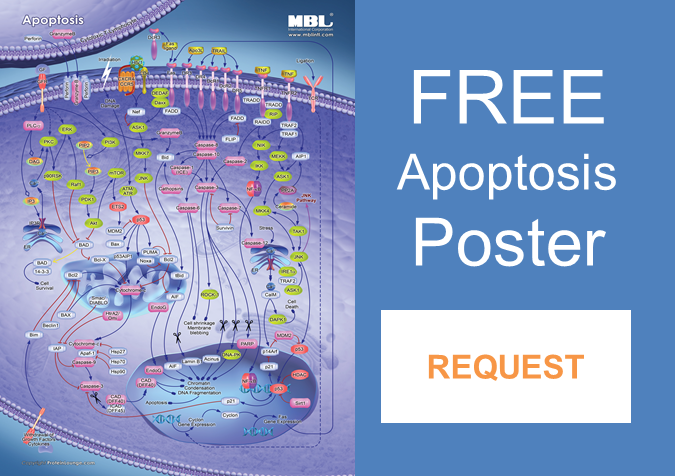The Fas and the Furious: 7 Facts to Catch You Up to Speed on Fas and How a Fas Antibody Can Help Your Research
Fas antigen is a receptor protein that has been linked to many diseases such as cancer(1) and autoimmune diseases(2). Here are seven findings from research on this protein to catch you up to speed on Fas:
- Fas is mainly involved in apoptosis(2). Apoptosis is a type of programmed cell death that involves fragmentation of DNA and shrinkage of the cytoplasm and nucleus among other cellular changes(3).
- Fas is a member of the tumor necrosis receptor super family. This family includes receptors that bind signaling proteins called cytokines to induce apoptosis(2).
- Fas induces apoptosis primarily through activating caspase molecules. Caspases are enzymes that degrade proteins(2).
- Fas can induce apoptosis by two different pathways called type 1 and type 2. The level of the protein XIAP is thought to be the primary discriminator between the two pathways(4).
- Fas is involved in regulating the levels of immune cells such as CD4 and CD8 T and B cell lymphocytes(5). Fas receptor stimulation results in lower levels of these immune cells.
A protein called BCL-2 is a major regulator of Fas-induced apoptosis. BCL-2 is thought to inhibit apoptosis(6). - Fas is involved in another programmed cell death pathway called necroptosis as well as cell activation and proliferation pathways. One of the major differences between these two pathways is that necroptosis does not involve caspase activation(2).
- In conclusion, Fas has been implicated in a variety of different roles for proper cell function. Its major importance in many disease states will be discussed in a future blog post.
Fas Antibodies from MBL International
To further learn about Fas, MBL International offers many products such as fas antibody to further your research:
- Monoclonal Fas antibody (Applications: WB, FCM)
- Monoclonal Fas antibody-FITC (Applications: IHC, FCM)
- Monoclonal Fas ligand antibody-FITC (Applications: ELISA, FCM)
- Zhong-xing Z, Yuan-yuan M, Hai zhen M, Jian-gang Z, Li-feng Z. FAS-1377 G/A (rs2234767) polymorphism and cancer susceptibility: a meta-analysis of 17,858 cases and 24,311 controls. PLoS ONE. 2013;8(8):e73700.
- Kaufmann T, Strasser A, Jost PJ. Fas death receptor signalling: roles of Bid and XIAP. Cell Death Differ. 2012;19(1):42-50.
- Elmore S. Apoptosis: a review of programmed cell death. Toxicol Pathol. 2007;35(4):495-516.
- Jost PJ, Grabow S, Gray D, et al. XIAP discriminates between type I and type II FAS-induced apoptosis. Nature. 2009;460(7258):1035-9.
- Strasser A, Jost PJ, Nagata S. The many roles of FAS receptor signaling in the immune system. Immunity. 2009;30(2):180-92.
- Youle RJ, Strasser A. The BCL-2 protein family: opposing activities that mediate cell death. Nat Rev Mol Cell Biol. 2008;9(1):47-59.
The Fas and the Furious: 7 Facts to Catch You Up to Speed on Fas and How a Fas Antibody Can Help Your Research

